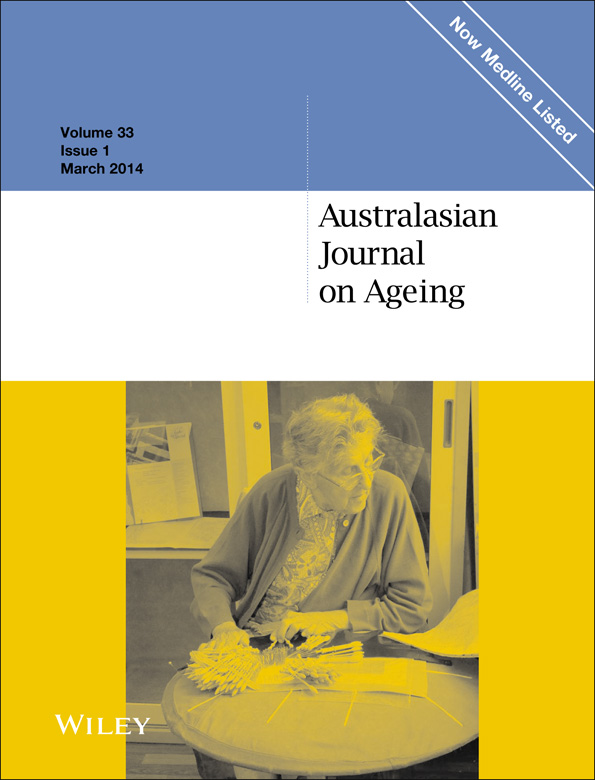Waiting times for Aged Care Packages: The need to know
Abstract
Aim
To establish local waiting times for access to Aged Care Packages (ACPs). ACPs are federally funded and designed to support older people to remain independent in their own homes for as long as possible. Access to an ACP is via the Aged Care Assessment Services (ACAS) process. Initial investigations suggested that significant waiting times existed locally.
Methods
Analysis of ACAS data was undertaken retrospectively and prospectively to identify type of ACP and date of approval. Date of provision was obtained from ACP providers.
Results
Two hundred and eighty-five ACPs were approved, but only 35 were provided. At up to 12 months after approval, 88% of the cohort were still waiting to receive an appropriate package.
Conclusion
Long waiting times exist, which has implications both for the individual and the care/health sectors. It is suggested that monitoring waiting times should be a requirement for the future.




